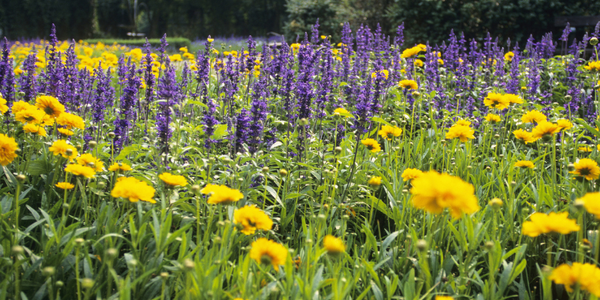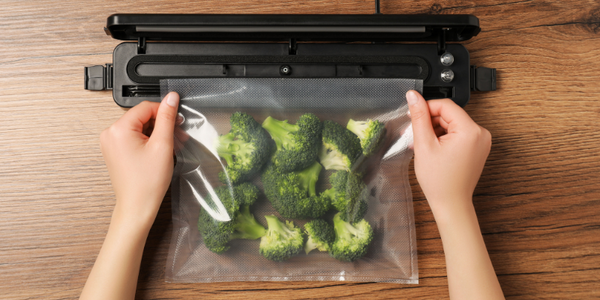Posted on September 05 2024

By now, most smart shoppers are familiar with the most common types of squash. Everyone knows that butternut squash is delicious in rich and creamy soups, spaghetti squash is a tasty low-calorie substitute for pasta, and a hollowed-out acorn squash is the perfect vessel for a sauté of wild rice and autumn vegetables. But as the leaves begin to change colors this fall, it's the perfect time to experiment with new, less familiar varietals of fall's favorite vegetable.
Kabocha Squash
Kabocha squash is one of the most popular squash varieties in Japan, where it is celebrated for its sweet flavor (similar to a sweet potato or yam) and airy texture. Adding roasted wedges of kabocha squash turns a side salad into a hearty entrée, or the roasted flesh can be pureed and used in place of potatoes in your favorite gnocchi recipe. When you're shopping for kabocha squash, look for surprisingly heavy vegetables with light green and gold marks all over the skin.
Delicata Squash
You may have noticed delicata squash in your supermarket before. They tend to be long and narrow, with cream-colored skin striped with lines of dark green. As its name suggests, delicata squash has delicate, fragile skin that is easy to break and that encourages home cooks to use the squash quickly, rather than storing for weeks or months on end. Delicata squash is a great choice if you're cooking with children because it's easy to slice right through the edible skin. Once you've sliced the squash, remove the seeds and then cook in an oven, microwave, or steamer basket.
Red Kuri Squash
Also known as Hokkaido squash or Hokkaido pumpkin, red kuri squash is a hearty round squash with vibrant orange skin. Use red kuri squash as a substitute in any recipe calling for butternut squash; its sweet, mild flavor pairs particularly well with curry, ginger, and coconut milk. Save the seeds, as they can be toasted and used as a garnish on the final dish. In the supermarket, look for a red kuri squash that has firm, even-colored skin.
Vacuum Sealing Tips
To extend the shelf life of your squash, vacuum sealing is an excellent option. For raw squash, such as kabocha and red kuri, cut it into chunks, blanch briefly, cool, and then vacuum seal. Blanching helps maintain the squash’s texture and flavor. For delicata squash, blanch the slices or cubes briefly before sealing. If you have cooked squash, whether roasted kabocha or red kuri, let it cool to room temperature before vacuum sealing to avoid condensation and freezer burn. Vacuum sealing helps preserve the squash's taste and nutritional value, making it easy to enjoy these autumnal flavors year-round.
Kabocha squash, delicata squash, and red kuri squash are all good sources of Vitamin A, Vitamin C, and fiber. Add all three to your family's dinner plate this autumn for a flavorful health boost that will have everyone asking for seconds! With these vacuum sealing tips, you can enjoy the flavors of fall all year long.





0 comments